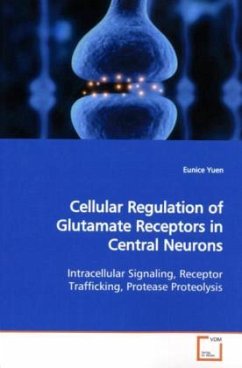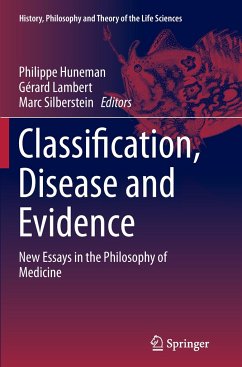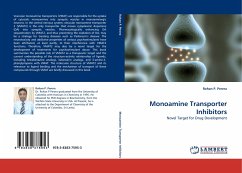
Evidence for the existence of central monoamine neurons
Mapping of central dopamine,noradrenaline and 5-hydroxytryptamine neurons in the central nervous system with transmitter histochemistry
Versandkostenfrei!
Versandfertig in 6-10 Tagen
52,99 €
inkl. MwSt.

PAYBACK Punkte
26 °P sammeln!
It is important to remember how immature thecatecholamine field was in the beginning of the 1960 ies. At theCIBA Foundation Symposium on Adrenergic Mechanisms (London) in 1960Prof. Gaddum stated: The meeting was in a critical moodand no one ventured to speculate on the relation betweencatecholamines and the brain" . It was therefore a major breakthroughin the monoamine field when it became possible in the1960ies with the help of a highly sensitive and specific fluorescence method for the cellular demonstration of catecholamines and 5-hydroxytryptamine,the so called Falck-Hillarptechnique , to ...
It is important to remember how immature the
catecholamine
field was in the beginning of the 1960 ies. At the
CIBA Foundation
Symposium on Adrenergic Mechanisms (London) in 1960
Prof.
Gaddum stated: The meeting was in a critical mood
and no one
ventured to speculate on the relation between
catecholamines and
the brain" . It was therefore a major breakthrough
in the
monoamine field when it became possible in the
1960ies with the
help of a highly sensitive and specific fluorescence
method for the cellular demonstration of
catecholamines and 5-
hydroxytryptamine,the so called Falck-Hillarp
technique , to
directly demonstrate nerve cell systems in the CNS
storing and
forming dopamine,noradrenaline and 5-hydroxytryptamine,
respectively. This book gives the early evidence
from the work of
Fuxe and Dahlström that formed Fuxe s thesis in 1965
on the
existence of central monoamine neurons. This
fundamental work
is of interest to preclinical and clinical
neuroscienists world-wide
in view of its impact on understanding communication
in the brain
and development of neuropsychiatric disease and its
high relevance
for neuropsychopharmacology and neuroendocrinology.
catecholamine
field was in the beginning of the 1960 ies. At the
CIBA Foundation
Symposium on Adrenergic Mechanisms (London) in 1960
Prof.
Gaddum stated: The meeting was in a critical mood
and no one
ventured to speculate on the relation between
catecholamines and
the brain" . It was therefore a major breakthrough
in the
monoamine field when it became possible in the
1960ies with the
help of a highly sensitive and specific fluorescence
method for the cellular demonstration of
catecholamines and 5-
hydroxytryptamine,the so called Falck-Hillarp
technique , to
directly demonstrate nerve cell systems in the CNS
storing and
forming dopamine,noradrenaline and 5-hydroxytryptamine,
respectively. This book gives the early evidence
from the work of
Fuxe and Dahlström that formed Fuxe s thesis in 1965
on the
existence of central monoamine neurons. This
fundamental work
is of interest to preclinical and clinical
neuroscienists world-wide
in view of its impact on understanding communication
in the brain
and development of neuropsychiatric disease and its
high relevance
for neuropsychopharmacology and neuroendocrinology.












